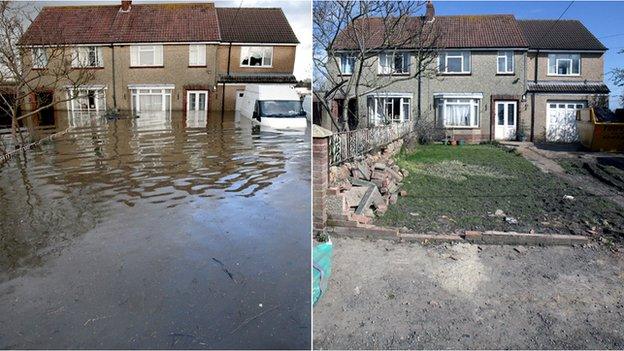Somerset floods one year on
- Published
A new exhibition profiles a number of Somerset residents whose lives were changed by months of flooding one year ago.
Using images and interviews, families and individuals recount their experiences of the unprecedented events last year as large parts of the Somerset Levels spent much of the winter under water.
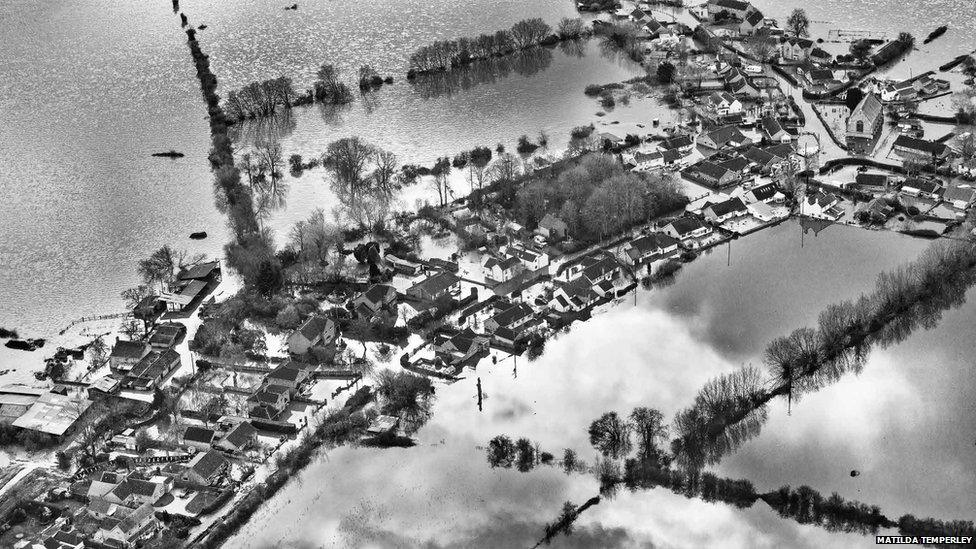
Photographer Matilda Temperley, who is from a family of cider brandy makers in the Thorney area, used her camera to document some of the lives that were most affected. The result was more than 1,000 images.
"After the event people expect to get back to normal but it takes a really long time. There's so many things that have to be redone. Some people are still working on their house, some people are still not moved in," she said.

Penny Cotton
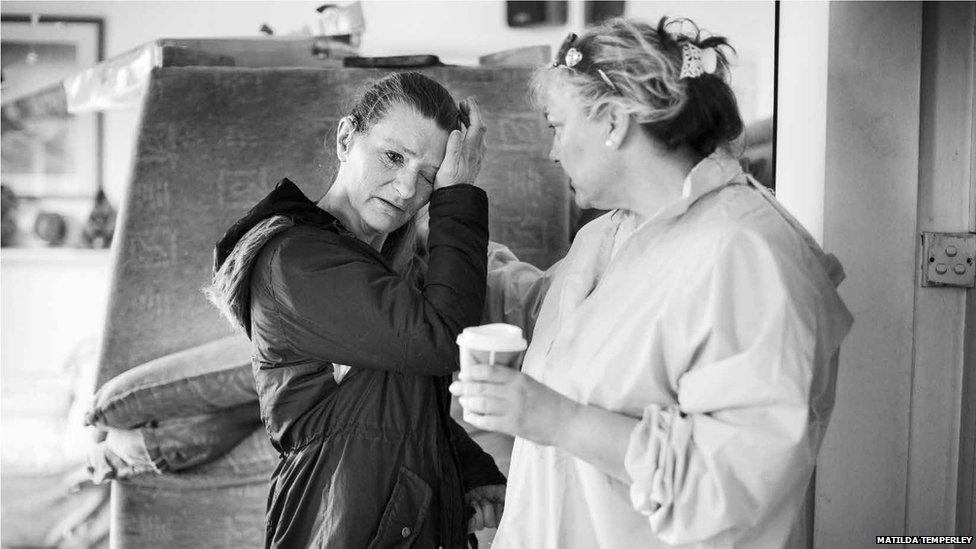
One of those left devastated was a patient of Penny Cotton (pictured above right), who was awarded Volunteer Hero title at last year's Pride of Somerset Awards.
"She'd lost her home, she'd lost her neighbours, she'd lost her friends, she'd lost her community and she'd lost all her belongings and I had to help some of these people," said Ms Cotton.

John Leach

John Leach, a potter in Muchelney since 1965, said: "Nobody believes. Once it's flooded, it's almost like it's always flooded." But he acknowledges that it is now in the past and everyone must look forward. "We're optimistic and we're trying to be positive because we want to go on living here."

The Reverend Jane Haslam
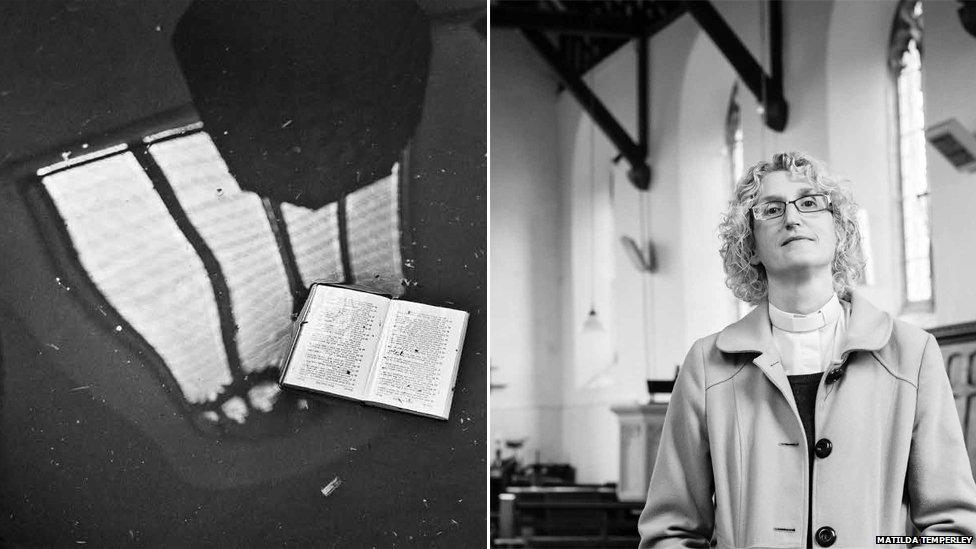
The Reverend Jane Haslam, vicar of St Peter and St John Church in Moorland, recalls villagers looking at her "in complete disbelief" as she knocked on doors telling people they had been advised to leave.
She said the church remains "just a shell" but she is confident it will reopen again and she hopes people will "live with some relative peace and security, free from fear and a stronger community".

Nick Frost
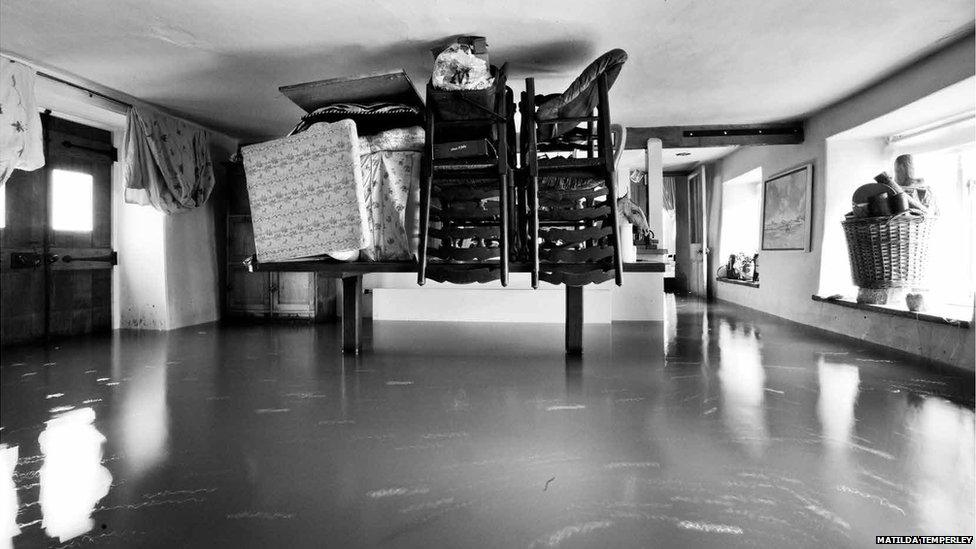
Looking back, Nick Frost wishes he had rearranged the furniture in his Thorney home. "The table's probably worth more than the stuff which was stacked-up on top of it, so what I should have done is left all that rubbish on the floor and put the table on top of it," he said.

Rebecca Horsington
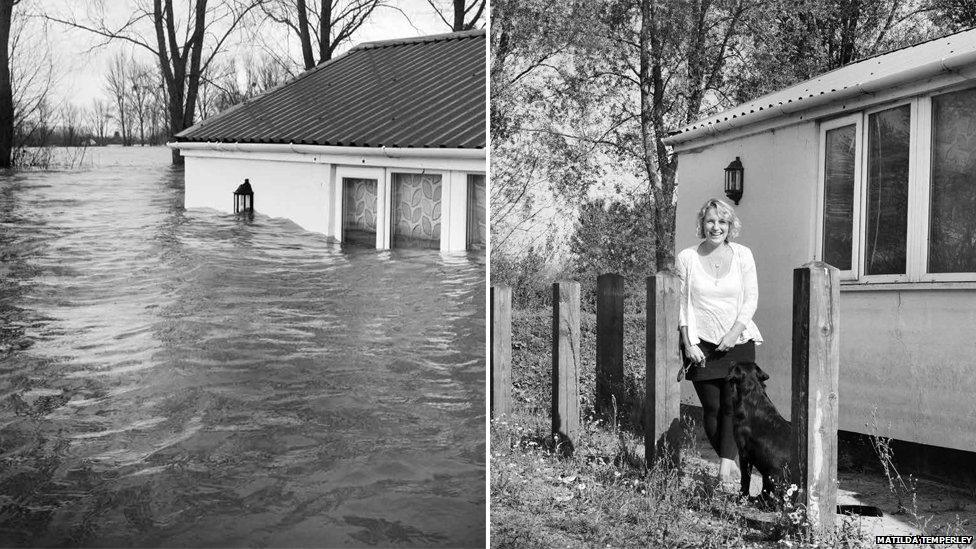
Many good relationships were formed during the flooding, according to Rebecca Horsington who helped to launch the Flooding on the Levels Action Group.
"Suddenly people appreciate that when push comes to shove, everybody was there for everybody, as much as they could be," she said.
"There are, though, a lot of people who are quite mentally scarred by this. Every time there is heavy rainfall you can see people worrying about the weather and worrying about what is going to happen."

The Winslade family
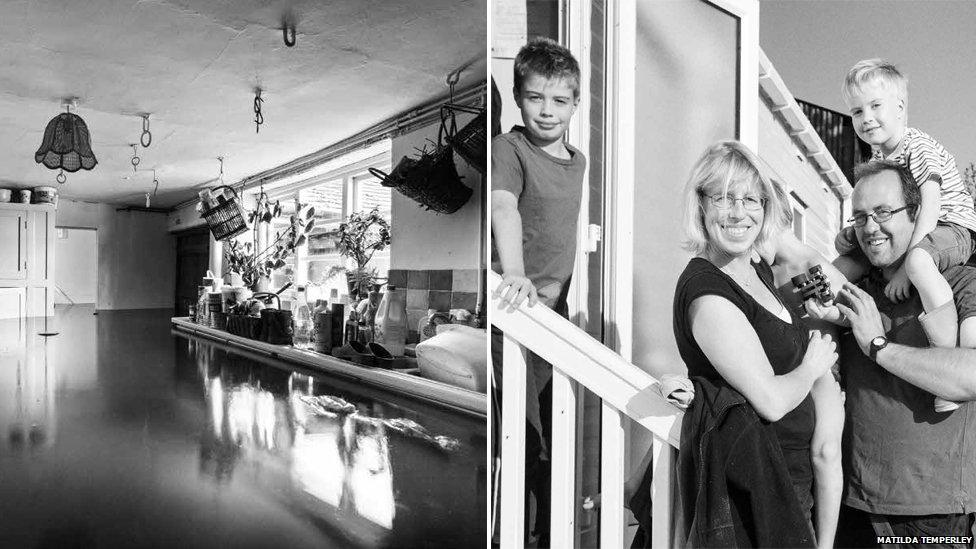
At its deepest, the flood water on James Winslade's beef farm at Moorland was 16ft (4.9m).
"We sold a hundred cattle on the Saturday and 40 on the Monday. I was quite tearful there. It wasn't the selling of the cattle but the reaction afterwards. Everybody did a standing ovation and clapped. You could feel that everybody was supporting you.
"Without the local community pulling together and the huge amount of volunteers coming to help, I don't know how we would have got back on our feet to be honest."

Rod and Holly Baillie-Grohman
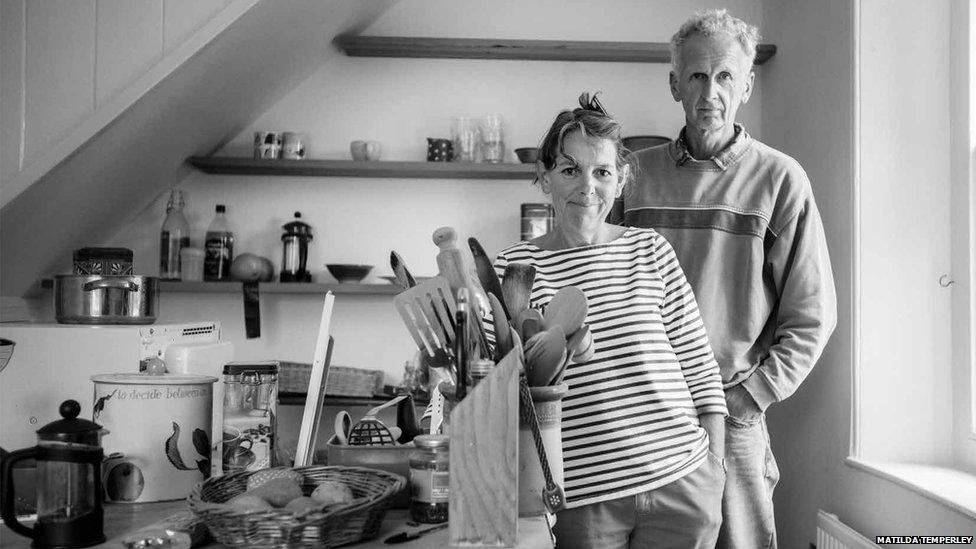
Rod and Holly Baillie-Grohman, in Thorney, described the experience as having "to address every corner of your existence, in the year, and rebuild it".
They described it as a "foul experience", saying: "You know, you live through the thing itself, the flood, and then it all goes away but then the disgustingness of having all the plaster off, all the floors up and everything, is just so disgusting."

The Sadler family
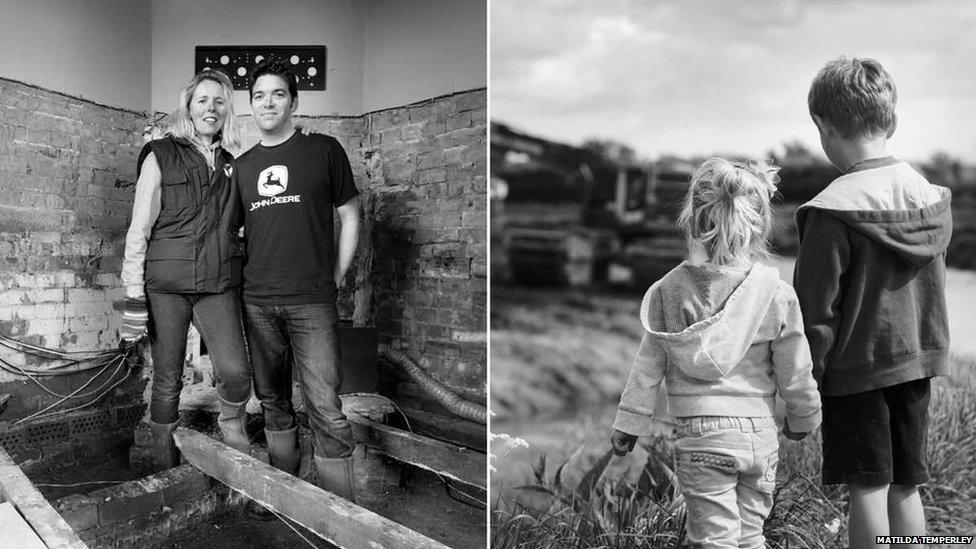
It is a similar memory for the Sadler family in Moorland, who said they now "class it as going through hell and back".
"We spend every weekend going home not just trying to rebuild our lives but lives for our animals as well - did it really have to take this long to put us back together?"

Julian Temperley
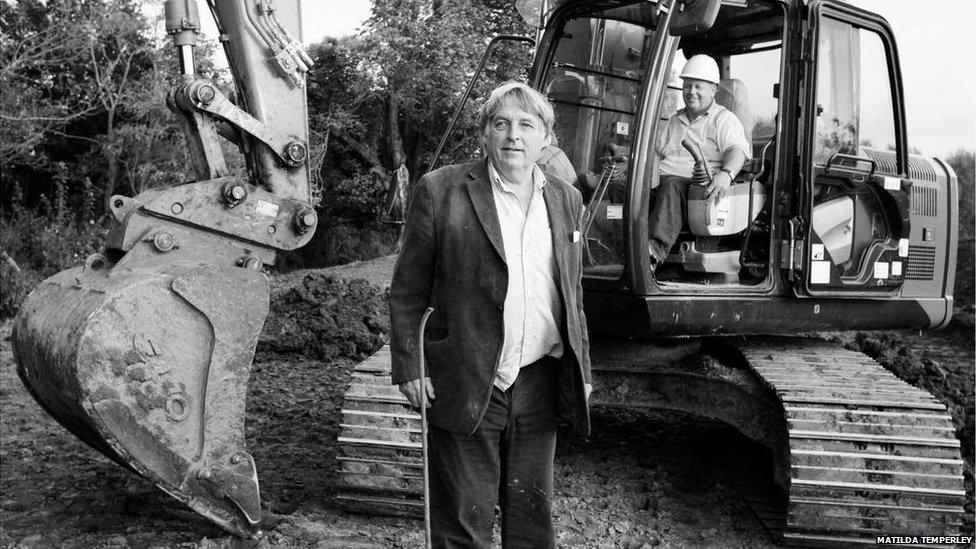
It was a sight that Julian Temperley does not want to see again, with hopes raised as he watches some 400 lorries transporting 4,000 tonnes of clay to build a bund near his home.
"It will, I should imagine, protect Thorney and the surrounding houses for a long time to come. It does mean that the flood authorities can store another three million cubic metres of water on West Moor without actually running into serious problems in the future."

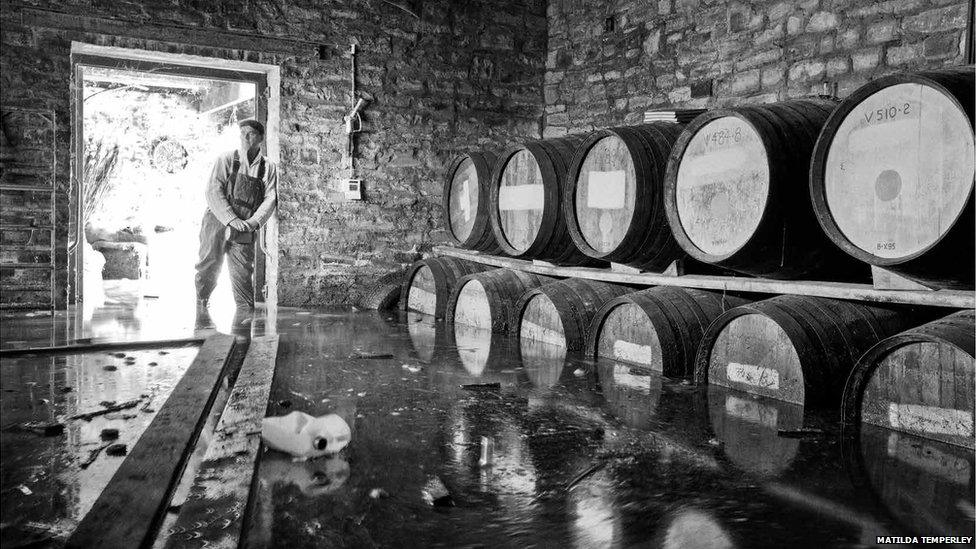
These pictures and stories feature in the exhibition, which is currently at Bridgwater Arts Centre.
Mark McGuinness, from Bath Spa University, who helped co-ordinate it, said: "Our interest here is capturing a community voice. To give a sense of the impact this has had on individual families, and how the details of a flooded household can work through into family life , or businesses, or how people think abut their community."
- Published5 February 2015
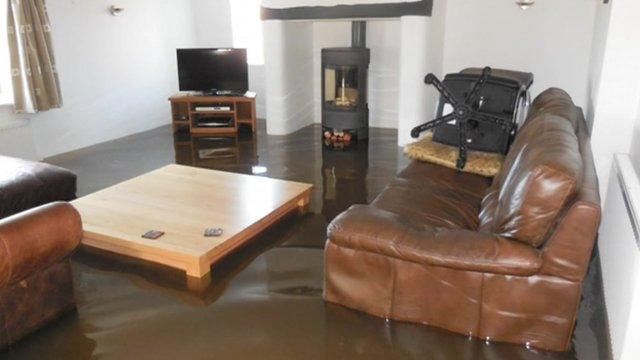
- Published27 January 2015
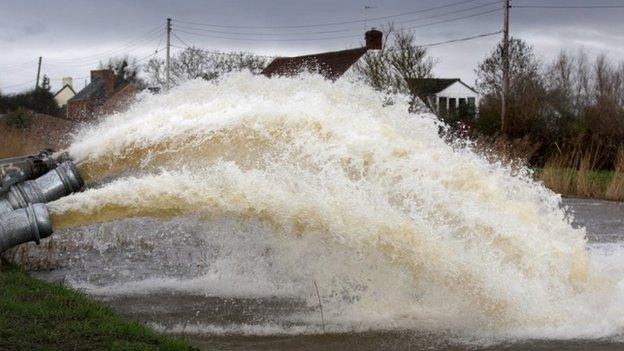
- Published19 March 2014
